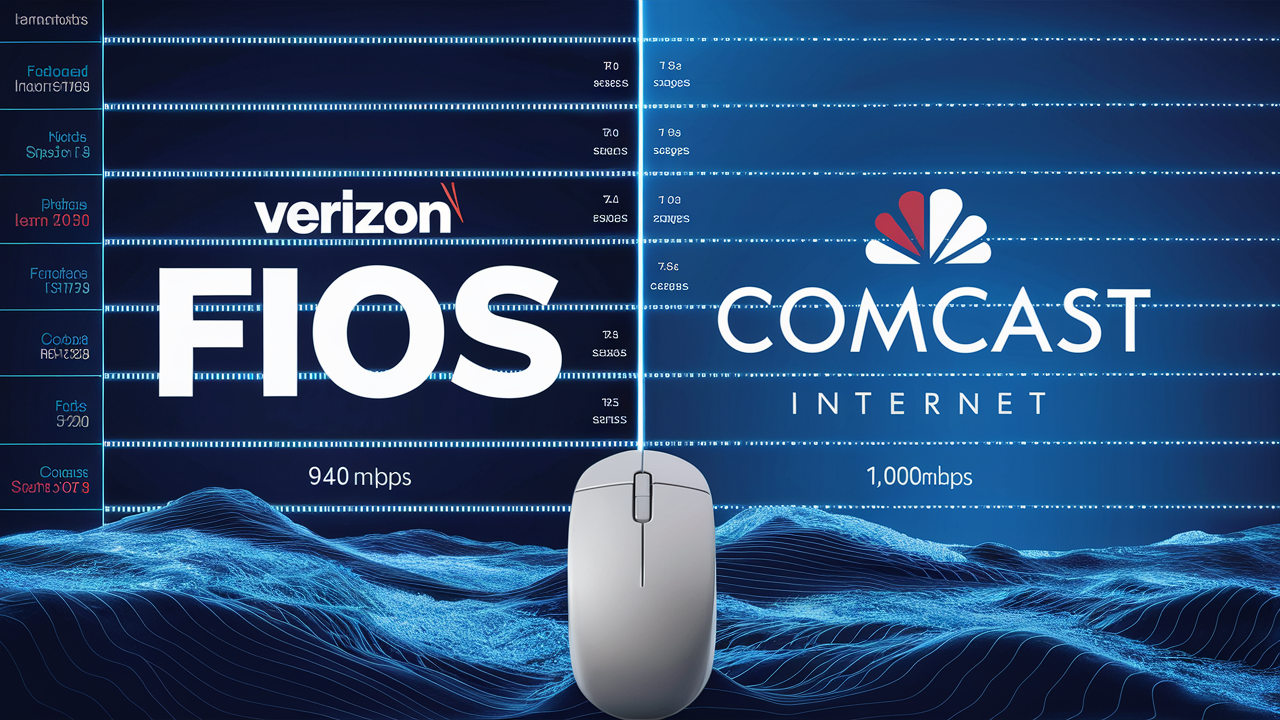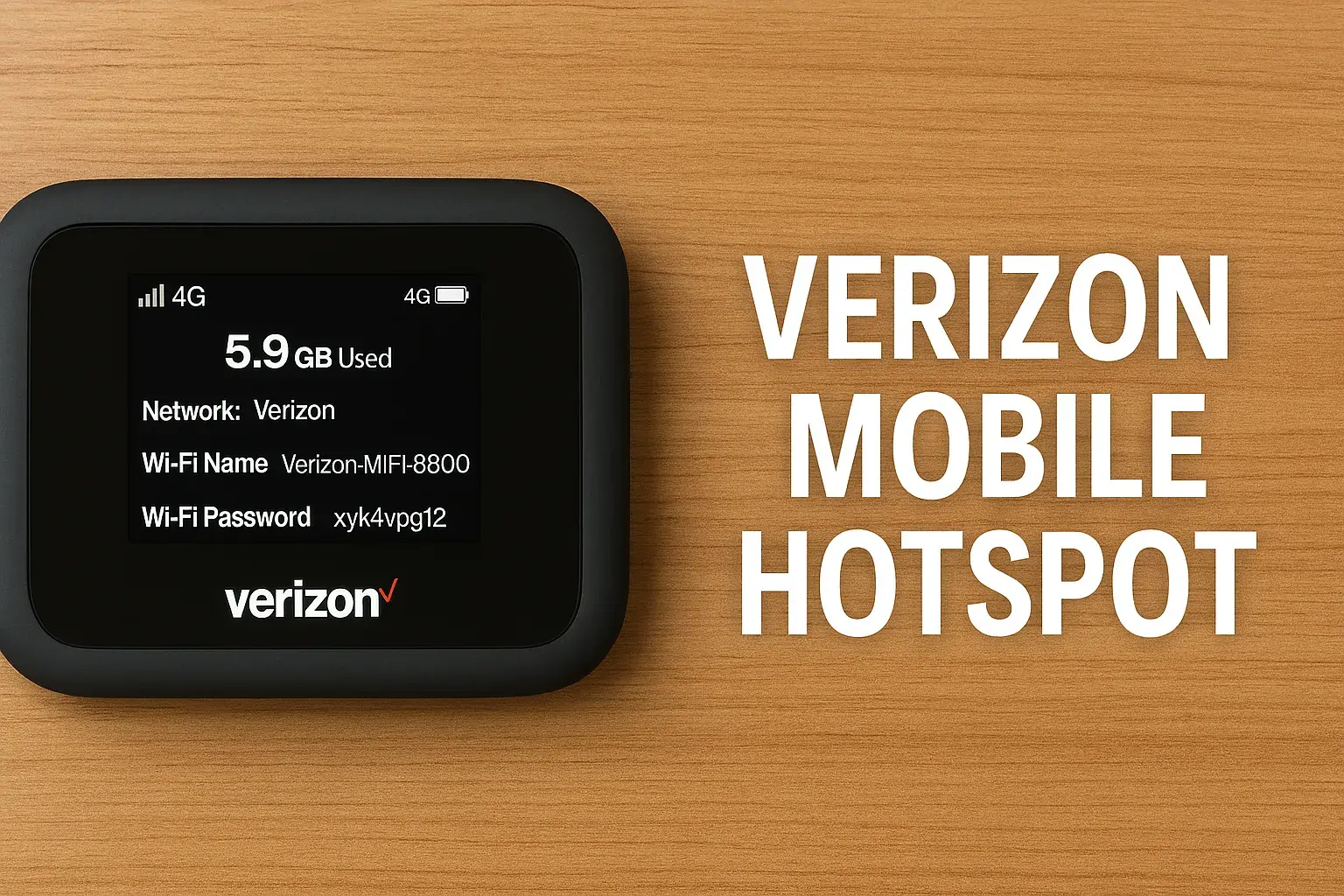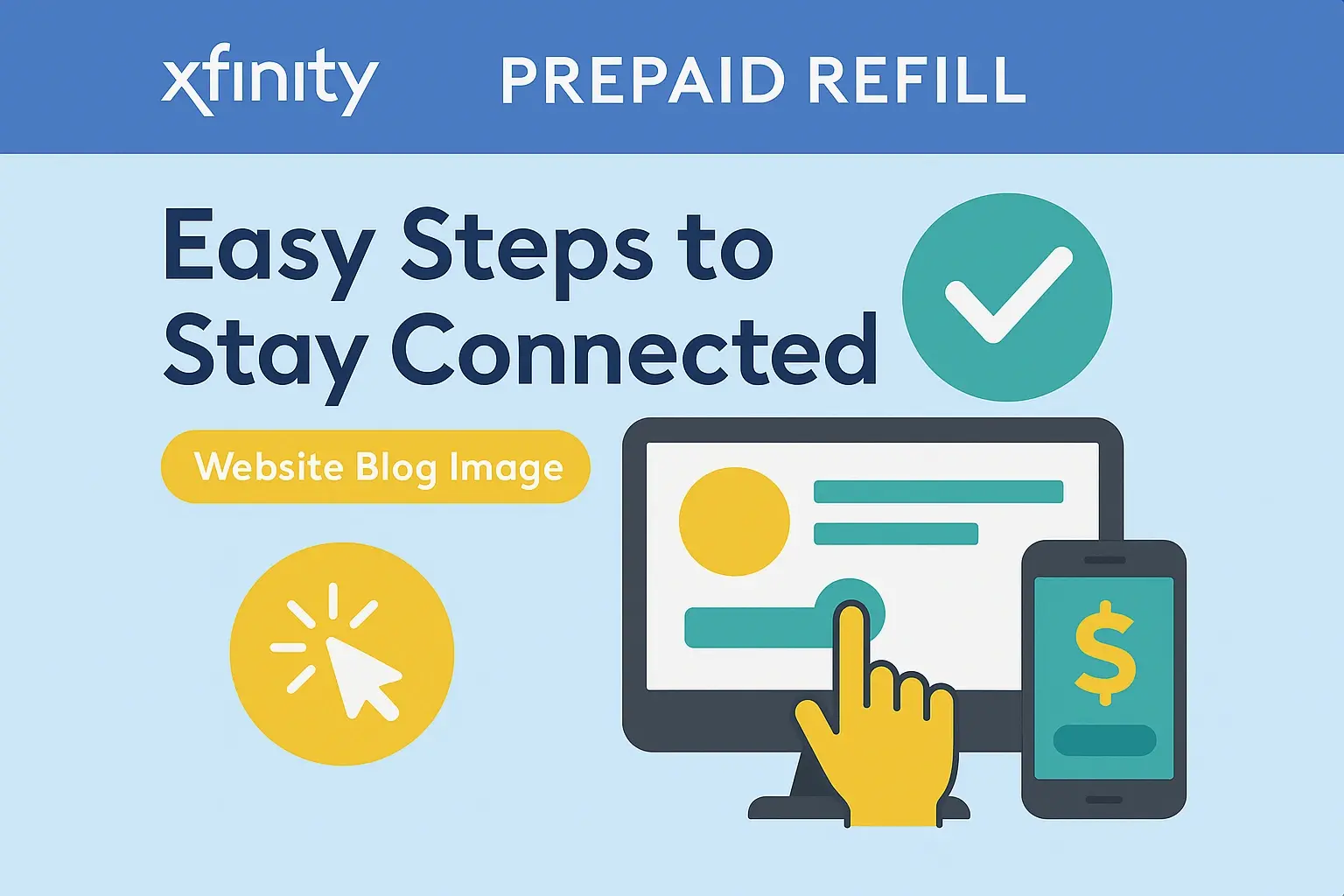Is Verizon Fios Faster Than Comcast?

Is Verizon Fios Faster Than Comcast
The most crucial aspect that many people consider when selecting an Internet service provider is speed. Verizon Fios and Comcast Xfinity are two of the biggest cable and fiber internet service providers in the United States. One of the frequently asked questions is whether Verizon Fios is faster than Comcast.
To answer it briefly, the Verizon Fios has been observed to provide better or faster average Internet speed than the Comcast. However, the speeds depend on the location and the package types offered by the company.
Verizon Fios employs fiber optic cables to offer internet connection, while Comcast uses coaxial cables. Fiber optic cables can enable higher bandwidth with lower delay than copper coaxial cables.
Typical Download Speeds The actual download speeds that most consumers on Verizon Fios and Comcast can attain are as follows.s
- Verizon Fios: 940 Mbps.
- Comcast: 1. 2 Gbps
However, the maximum speeds are not necessarily true because most customers gain access to normal speeds only.
Verizon Fios promotes the mid-range plan at 300 Mbps, while Comcast promotes its similar plan at 200 Mbps. Real-world tests often reveal that Verizon Fios delivers higher actual download and upload speeds than Comcast’s equivalent Xfinity plans.
Consumer Reports together with BroadbandNow has conducted tests and found out that Fios is faster than Comcast Xfinity for the usual download speed in most areas of the country.
However, it has to be noted that speed tests will inevitably differ depending on the region. It is to be noticed that the different speed tiers or equipment may not be available in all the regions from the different providers. However, in most of the markets where Verizon Fios and Comcast operate directly against each other, Verizon Fios offers better service speeds.
Factors Affecting Internet Speeds Several technical factors may affect the internet speed, whether cable or fiber, such as
- Network load and bandwidth
- Devices like modems and routers
- The actual number of connected devices in your home
- Distance from network access points
Most of Verizon’s service plans include free equipment such as routers and modems, and so is the case with Comcast. For example, depending on the provider’s equipment rather than third parties’ hardware minimizes certain factors that, in turn, contribute to achieving the maximum possible speed.
Fiber theoretically has better performance than cable internet in terms of speed, but actual speed is also a function of local networks. If there are problems with the network or congestion in your locality, changing to a higher package may not get you genuinely faster Internet.
Reliability Differences In addition to the basic data transmission, the two connections have architectural reliability differences. Fiber optic internet offers better reliability in terms of connection speeds and is less affected by other problems, such as network throttling.
The light signals that are used in fiber optic cables are more coherent and are less affected by electrical interferences. Fiber has better reliability against adverse weather conditions compared to above-ground cable lines. These factors result in generally more stable internet connection and less random fluctuations in the speed.
Thus Verizon Fios would have a general reliability advantage in ensuring that the obtained speed is consistent at all times. Comcast Xfinity is more vulnerable to slow when the neighborhood usage is at its peak.
Cost Comparison It is true, that Verizon Fios is slightly more expensive than Comcast when it comes to the plans for the higher speed. Sometimes substantially more.
For example, $39. 99 plans of 300 Mbps are available with Comcasforut for $79. 99 with Fios. Indeed, you do not doubt that you do pay a premium for the faster, low-latency fiber optic infrastructures.
Just like any other telecommunications company, both ISPs regularly offer discounted offers and package deals, especially for new customers. Thus, actual costs can be significantly different in real-life scenarios.
Unfortunately, you cannot have genuine fiber internet from Comcast at the moment. The cable company is gradually migrating to DOCS3.13 1 and setting up its network for subsequent multi-gigabit speed launches.
However, to this day, Verizon Fios still has a substantial technical lead in the context of faster symmetrical download and upload speeds. Verizon also has relatively cheap plans with no sneaky initial rates that spike up like some Comcast plans do.
Thus, in regions where Fios and DSL are available and you can choose either, the former has significantly higher average speeds today for most Internet activities. You sacrifice the higher monthly costs for the massive bandwidth increase over cable.





